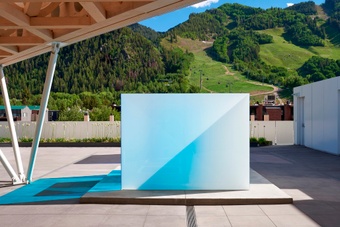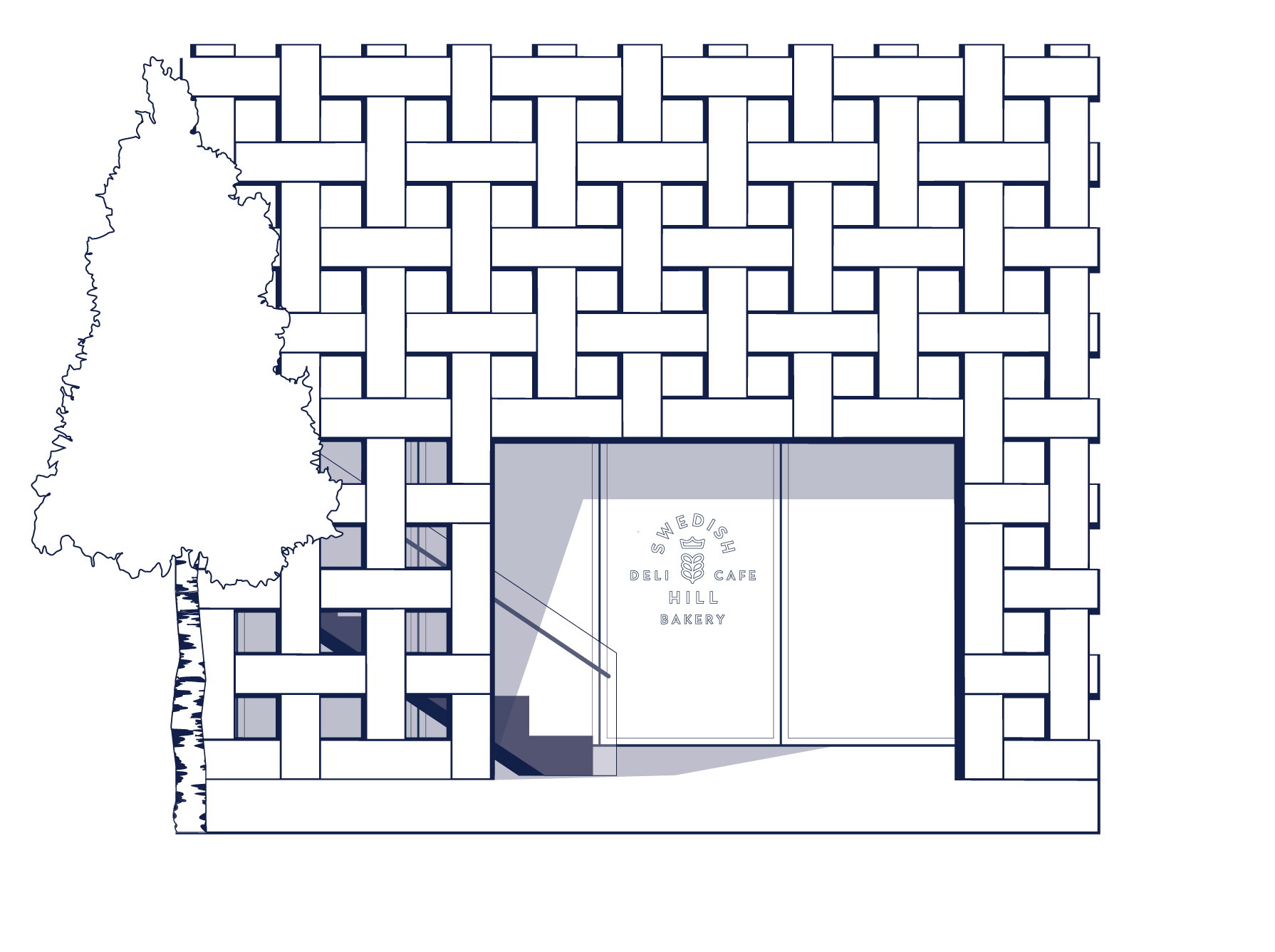Aspen Art Museum
Current Exhibitions
- Categories
- All events
- Talks and Lectures
- Member Events

- For more information on how you can join the AAM, please visit the Street Level Visitor Information Desk, inquire in the Shop, or call 970.925.8050.

- Swedish Hill Aspen is open on our Rooftop from 8AM–3PM

- Aspen Art Museum is an artist-founded institution dedicated to supporting artists in the development of bold ideas to shape our museum and the field of art today.
Artists
Employing a hybrid approach located somewhere between research project, retail display, and promotional campaign, Simon Denny’s diverse artistic practice reflects on the production, distribution, and consumption of media in an age of accelerated technological obsolescence and relentless cultural overproduction. Through a variety of media, including photographs, sculpture, video, and printed ephemera, Denny invites us to consider the evolution of television and video as both technologies and cultural forms.
Denny’s works have included investigations into the form and “architecture” of the TV set itself (the physical depth of which, we are reminded, has shrunk along with the medium’s loss of dominance as a content provider), the genre conventions of documentary, and the myriad processes by which content is translated from one medium to another. Other works explore the aesthetics of the glitch, moments of interference where the smooth flow of content breaks down, while still others mine the seemingly banal world of trade shows and industry publications.
Denny’s exhibition at the AAM grew, in part, out of his research into the history of Aspen’s own GrassRoots Television, the oldest community-access cable channel in the country. One video featured GrassRoots footage of Aspen luminary Nick DeWolf speaking about the electronic community bulletin board system that he designed and implemented at the station in 1980–81, an early example of the networked communications that we take for granted in today’s world of Twitter and Facebook. Other works in the exhibition charted the process of selecting and digitally preserving “Women’s Week” (1972), an early reel-to-reel videotape from the GrassRoots archive that has been unviewable for decades.
Simon Denny: Full Participation was accompanied by a publication by the Aspen Art Press and distributed by Artbook | DAP, New York.
Works from the Exhibition
free courtesy
Amy & John Phelan
- Aspen Art Museum
- 637 East Hyman Avenue
- Aspen, Colorado 81611
- t: 970.925.8050
- f: 970.925.8054
- info@aspenartmuseum.org
| Hours |
|
Tuesday–Sunday, 10 AM–6 PM
Closed Mondays
|
© 2024 Aspen Art Museum
General operating support is provided by Colorado Creative Industries. CCI and its activities are made possible through an annual appropriation from the Colorado General Assembly and federal funds from the National Endowment for the Arts.



General operating support is provided by Colorado Creative Industries. CCI and its activities are made possible through an annual appropriation from the Colorado General Assembly and federal funds from the National Endowment for the Arts.















